By Mark M. DeNittis
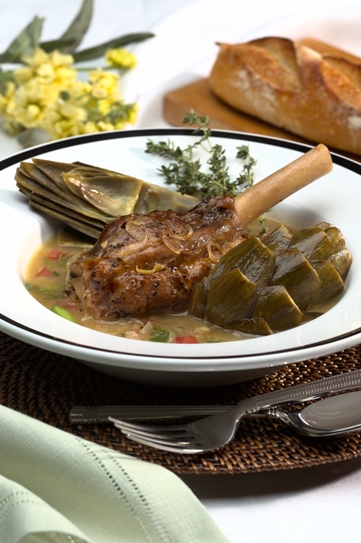 Students will learn how value lamb cuts can increase menu interest and brand image while contributing to an operation’s bottom line.
Students will learn how value lamb cuts can increase menu interest and brand image while contributing to an operation’s bottom line.
This downloadable education guide in MS Word provides an insightful look at the basic skills and methods of braising and stewing American lamb. Focuses of study include an overview of product acquisition, cuts, safe handling, applied cooking techniques, flavor profiles and nutrition. Classroom activities, discussion questions and research resources are designed to assist instruction.
Upon completion of this presentation, the student will be able to better understand American lamb, as well as the essentials of braising and stewing for common “value cuts” that contribute to the versatility and profitability of American lamb.
Mark M. DeNittis is a chef-instructor at Johnson & Wales University, Denver, and president, chef and salumerie of DeNCo Enterprise, LLC.

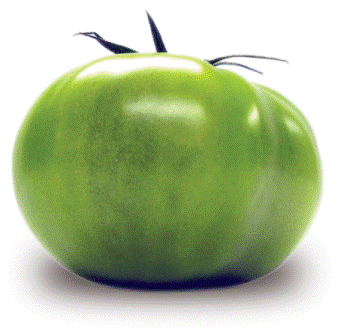 A pioneering program will inspire similar programs nationwide.
A pioneering program will inspire similar programs nationwide. Students will learn how value lamb cuts can increase menu interest and brand image while contributing to an operation’s bottom line.
Students will learn how value lamb cuts can increase menu interest and brand image while contributing to an operation’s bottom line.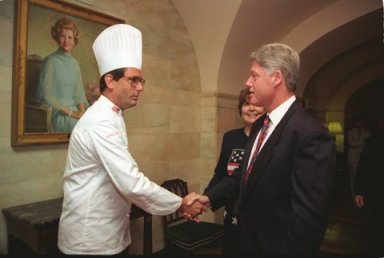 Veteran chef to two administrations, Scheib believes Americans’ biggest culinary challenge is to figure out how to meet increasing demand for fresh, local and artisanal food products.
Veteran chef to two administrations, Scheib believes Americans’ biggest culinary challenge is to figure out how to meet increasing demand for fresh, local and artisanal food products.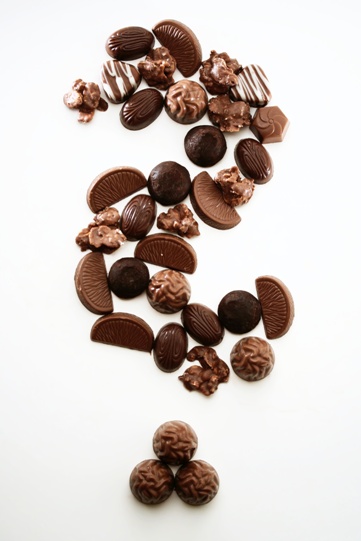 Cacao refers to the genus and beans; cocoa is the foundation of what we love.
Cacao refers to the genus and beans; cocoa is the foundation of what we love. This year’s Chefs Collaborative Summit, held at Kendall College, revealed big news for a growing fan base from the USDA.
This year’s Chefs Collaborative Summit, held at Kendall College, revealed big news for a growing fan base from the USDA.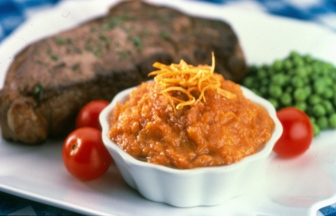 Flavors in high demand next year will include cardamom, hibiscus and sweet potato, says Mintel
Flavors in high demand next year will include cardamom, hibiscus and sweet potato, says Mintel